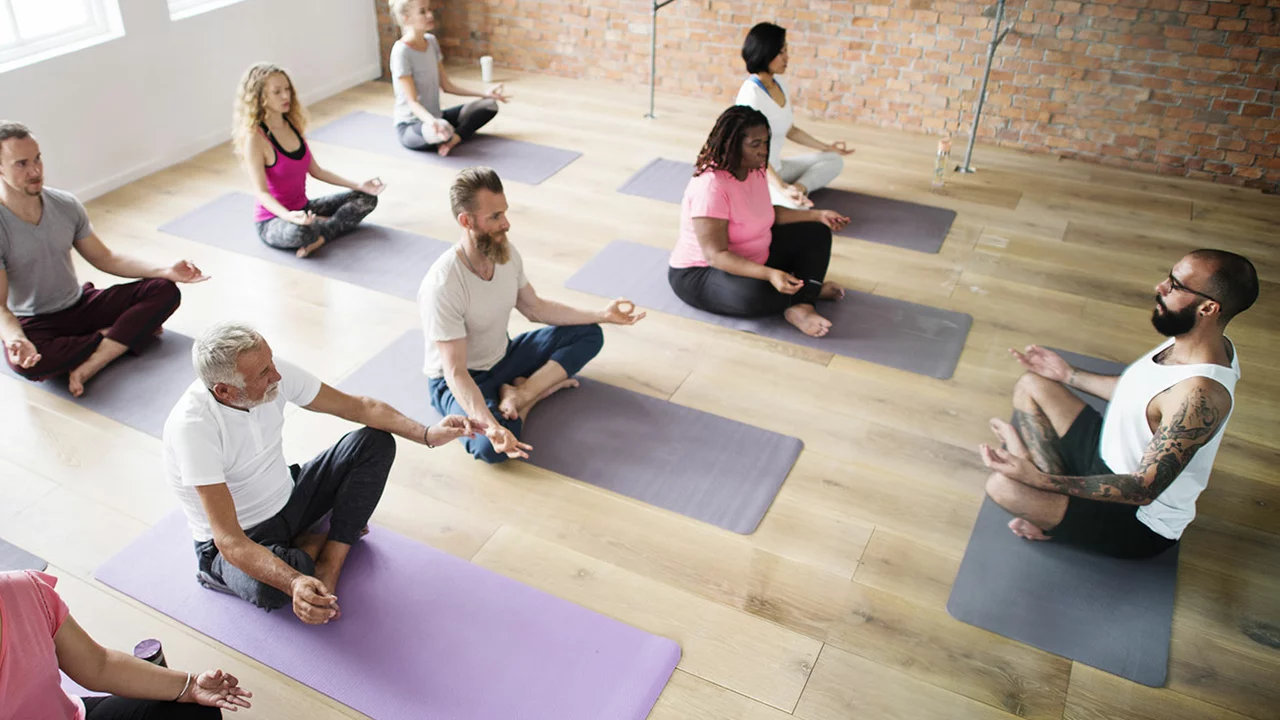Online classes: how to pick the right yoga class for you
Online yoga classes can save time, fit into busy schedules, and give you access to teachers across India and the world. But not every online class is the same. Some are short daily practices, others are full teacher training courses. This page helps you choose the right format, know what to expect, and start without wasting time or money.
Live vs recorded — which should you choose?
Live classes give real-time feedback, community energy, and a schedule that helps you stick to practice. If you need accountability or are working toward a certification, choose live sessions. Recorded classes are flexible: you can pause, rewind, and fit practice into odd hours. Many teachers mix both — a live weekly class plus a library of recordings.
For teacher training, check whether the 200‑hour program is fully live or blended. Fully live trainings simulate in-person learning and often include supervised practice. Blended courses let you finish theory on your own time. If you plan to register with Yoga Alliance or teach professionally, make sure the school’s certification is recognized.
Practical tips to get started and stay safe
Start with short practices. Fifteen minutes a day can improve flexibility, mood, and consistency faster than once-a-week long sessions. Try a mix: two short morning flows, one longer evening class.
Equipment is simple: a non-slip mat, a towel, a strap or belt, and a cushion for seated poses. Use a plain wall for balance poses like handstands or shoulder stands. Wear comfortable clothes and keep a glass of water nearby.
If you have health issues — high blood pressure, recent surgery, or chronic conditions — tell the teacher before class. Most instructors offer modifications. Seniors and beginners should look for gentle or chair yoga classes and smaller group sizes for more attention.
How to judge a teacher and platform: watch a free trial or sample class, check teacher credentials (200‑hour or higher), read recent reviews, and ask about class size and refund policy. If you want top Indian providers for online teacher training, names that often come up include Isha Hatha Yoga, Himalayan Yoga Institute, and schools in Rishikesh — but always verify current course details and reviews.
Price matters but so does value. Low-cost subscriptions are great for variety; paid courses should include clear schedules, assessments, and support. Look for programs that offer recordings, printable manuals, and direct teacher contact.
Finally, set a simple weekly plan: two short daily practices (15–20 minutes), one longer technique or alignment class, and one restorative session. Track progress in a notebook — flexibility, breath control, sleep, and mood change first. That way you know what’s working and what to change.
Online classes can be as effective as studio practice if you pick the right format, follow safety tips, and commit to consistent sessions. Try a few styles, trust what feels good, and keep your practice honest and simple.
Is it better to do yoga in a class or online for a beginner?
As a beginner to yoga, it can be challenging deciding whether to start in a class or online. In-person classes offer real-time feedback and corrections, which can prevent bad habits from forming. However, online classes provide flexibility, allowing you to practice at your own pace and convenience. Both have their merits, so it truly depends on your personal preferences and learning style. It's best to try both and see what suits you.
